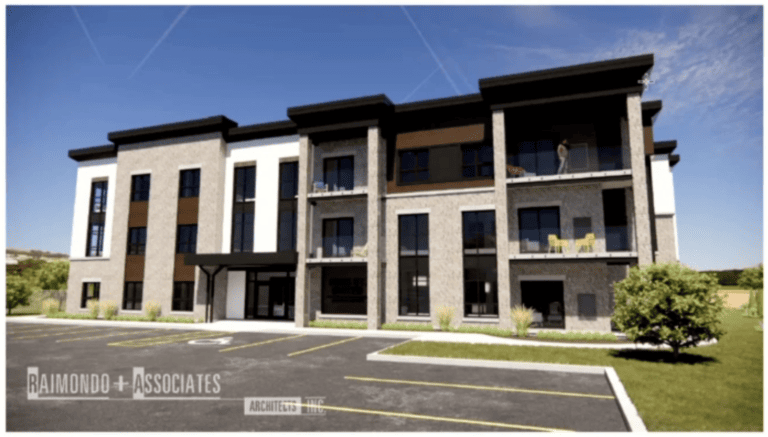Council had the same conversation twice Tuesday night.
Two residents brought similar requests to Niagara-on-the-Lake councillors: to allow them to cut down trees on their private property, after town staff refused to grant them tree-cutting permits.
After the two homeowners pleaded their cases, council agreed to the permits.
The town regulates the types of trees people can cut down on their property, thanks to a bylaw passed in 2019 under the previous council.
Council gave permission to cut down mature trees on private property to Princess Street resident Adriana Del Vasto and to Chris Pratt, who lives on Nassau Street, after each argued the cuttings should be allowed.
Pratt will be allowed to remove a “messy” honey locust, which has become a pain to maintain as he gets older, he said.
The tree produces thousands of seeds each year, he said, and cleaning them up is time-consuming.
Pratt has a pool and said he loses about half the swimming season due to tree seeds falling into the water.
Del Vasto asked permission to remove a large black walnut tree from her property on Princess Street. The tree’s root system is beginning to cause cracks in her foundation, she said.
The tree roots are impacting a 90-year-old limestone wall, also on the property.
Coun. Sandra O’Connor voted in the minority twice, wanting to keep the trees standing.
She raised concerns about the town’s low tree coverage and said the town should make an effort to protect native trees like the black walnut.
“Every tree counts,” she said.
A report from the Niagara Region, published February this year, details an assessment of the region’s tree and forest canopy, which states for each municipality what percentage of its land area is covered by both individual trees or larger forested areas.
Niagara-on-the-Lake has the lowest reported tree and forest canopy percentage of all the region’s municipalities, according to this report, at 18 per cent. The regional average is 25.4 per cent.
When O’Connor cited this statistic during a discussion about the tree bylaw on Feb. 13, Coun. Erwin Wiens said this low number is partly due to a surplus of farm land across town. The report states that 49.5 per cent of NOTL’s land area is soil and bare land.
During Tuesday’s discussions, O’Connor was not satisfied when her colleagues added a condition to each permit requiring the residents plant news trees in the place of the ones being cut down.
A one-to-one replacement “circumvents” the intention of the municipal bylaw, she said.
In both cases, bylaw enforcement officer Devin Durocher said the trees in question were in good health and posed no risk to the structural integrity of the nearby houses.
The town arborist reported no foundation cracks during his inspection of it, he said.
Wiens said he was against the town’s tree bylaw and has been since the start.
“We gotta stop worrying about the process and start planting trees,” he said.
In the past, Wiens has said the town’s tree policy unfairly penalizes residents for a failure of town policy.
Coun. Gary Burroughs appeared to sit on the fence for part of the discussion, first saying the town implemented its tree bylaw with care under the previous council, only to say, “I’m not sure we’ve ever saved one tree with our bylaw.”










